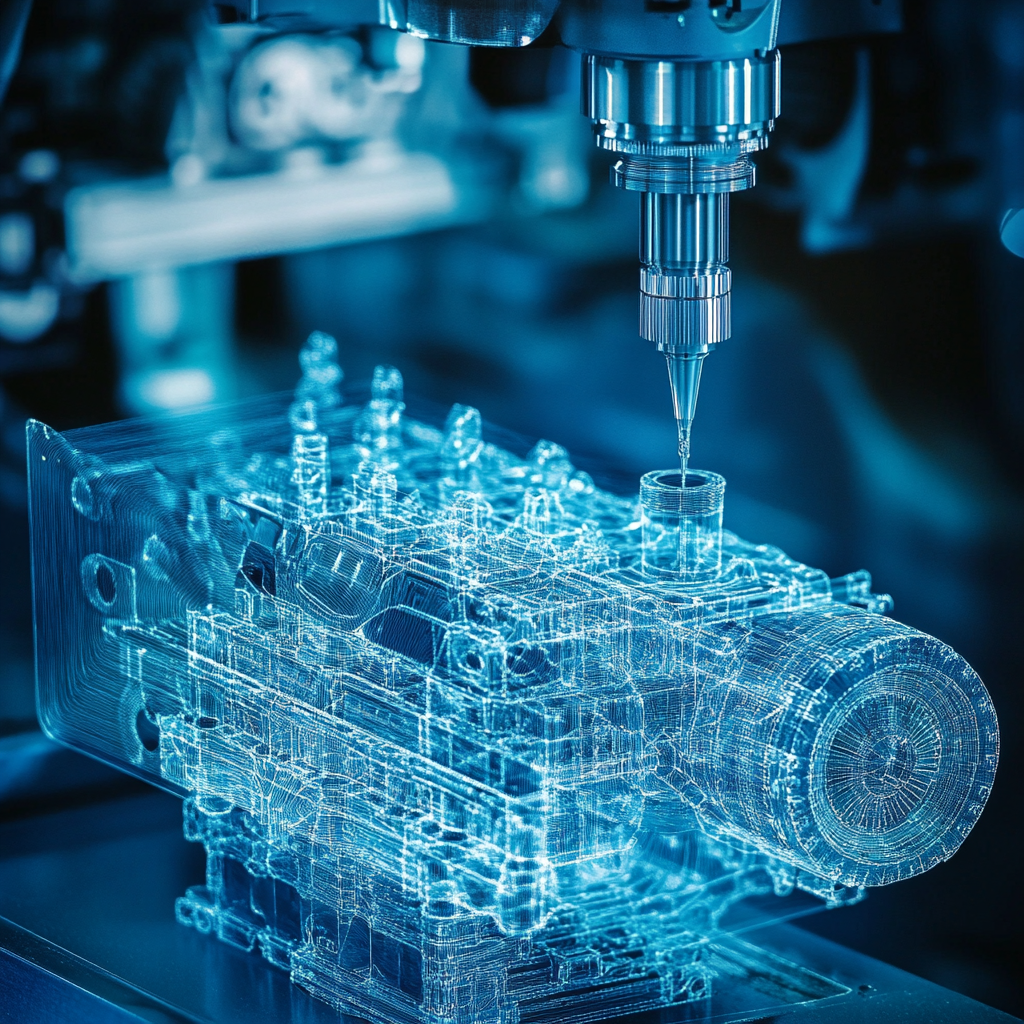3D Scanning Helps Make Better Parts

3D Scanning Helps Make Better Parts
Quality Control
One of the most important aspects of manufacturing is quality control. Quality control (QC) refers to an established process whereby manufacturers review the quality of all factors involved during production. ISO 9000 defines quality control as “A part of quality management focused on fulfilling quality requirements.”

There are three aspects that fall within the scope of quality control:
- Items that can be defined: controls, job management, defined processes, performance and integrity criteria, and identification of records
- Items that can be screened and tested: competence, knowledge, skills, experience, and qualifications
- The “fuzzy” factors: personnel, and relationships.
Product Inspection and Control
Part of the QC process is ensuring that every part/product is inspected for defects, cracks, surface blemishes or other factors that could negatively affect usability, safety, and/or appearance. QC emphasizes testing of products to uncover defects, while quality assurance aims at improving and stabilizing production processes.
100% QC Inspection with a 3D Scanner
3D laser scanners are useful in many, if not most production quality control environments. Use of a 3D scanner provides 100% inspection, which is required in many industries, such as aerospace. This is one industry that requires that every part shipped conforms exactly to specifications. In this environment, the volume of parts is relatively low and the impact of a failed part is very high.
A 3D scanner is able to capture entire surface area of a part very quickly, even when the part is complex or irregularly shaped. This means that an accurate measurement of the whole part can be obtained quickly and easily. A 3D scanner does not require high skill levels to operate. Once the object is scanned, the scanned data is quickly compared to spec by directly comparing the scanned data to the CAD models. Visual reports show deficiencies at a glance.
3D Scanning and Statistical Process Control (SPC)
In some industries that produce large numbers of parts with low impact if a part fails, it is neither necessary nor practical to QC every part. In these situations, manufacturers often use statistical process control. In this method, only random samples of products are tested as they leave the production line and QC results are extrapolated from the sampling. This is a common practice in the automotive industry, for example, where the manufacturers adopt company-specific models that determine product conformance.
Traditionally, SPC methods used gauges or coordinate measuring machines that measured only a few points. Even in this instance 3D scanning can be used to improve the QC process significantly while decreasing the time required to perform the QC. A 3D laser scanner captures a dense “point cloud” containing millions of data points that represent the entire surface area of the part. When using a 3D scanner to implement the SPC inspection, the process can also help to identify and prevent defects early in the production process, rather than correcting problems after they have occurred.
Faster Production Part Approval Process with 3D Scanning
Production Part Approval Process (PPAP), a standard approval process for new parts in the automotive industry. To obtain PPAP approval, manufacturers must measure a few parts many times in order to establish credibility. Traditionally, this has been done with coordinate measuring machines (CMMs) and can be very time-consuming. Scanning reduces the inspection time and provides more thorough results.
Recent Posts


5 Common CAD Mistakes and How to Avoid Them
We came up with 5 common issues that we see, and our expert advice when it comes to avoiding these issues.

Techniques to Save Money on Manufacturing Your 3D CAD Model
Our team of outsourced CAD experts wants to talk about ways that your engineering team can save money on manufacturing with each 3D CAD model in 2024.

Shortcuts to Save Time on CAD Conversions
a quick tip to save money on each of your CAD conversions
